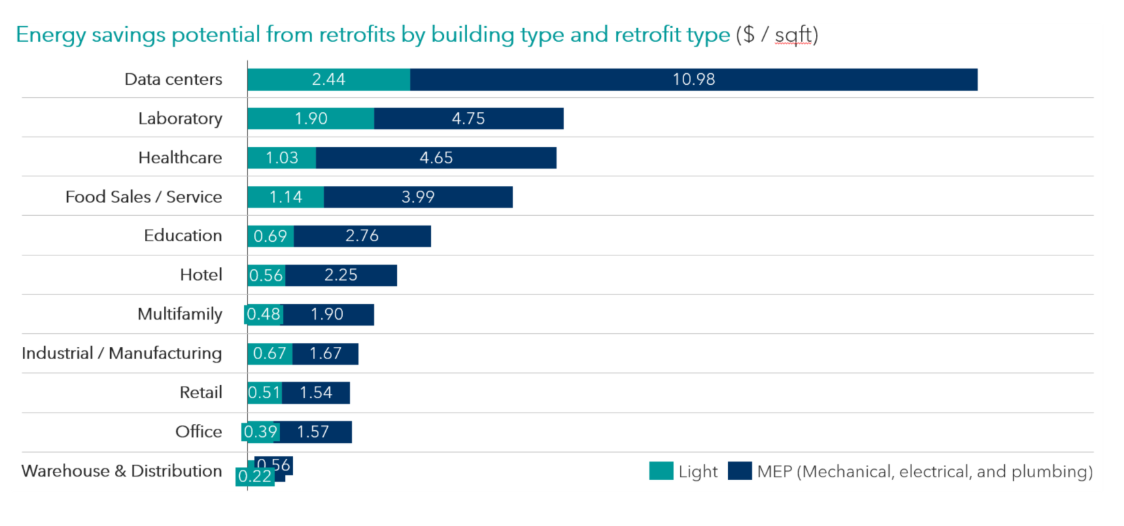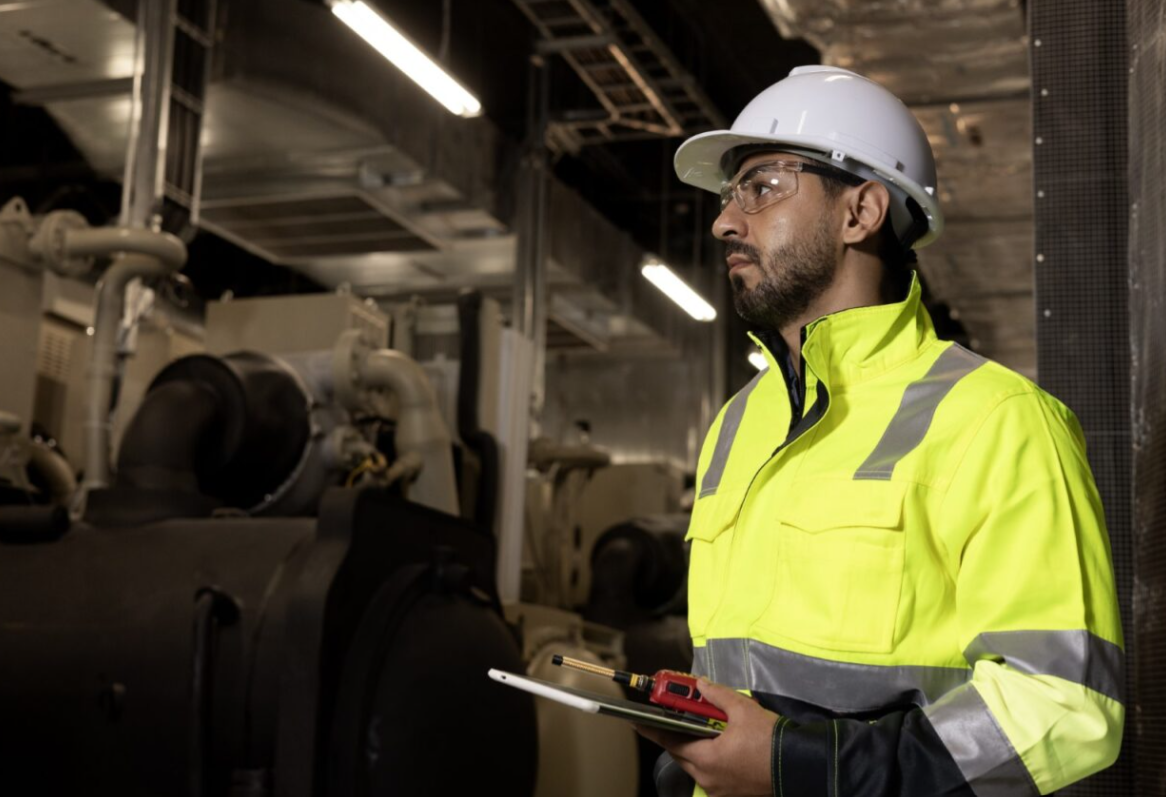
From smart HVAC controls to emissions-conscious computing, artificial intelligence is reshaping how college campuses manage energy and emissions. But as colleges and universities embrace these tools, questions remain about scalability, tradeoffs, and who benefits most from the shift.
Why energy efficiency matters
Colleges and universities are under pressure to manage energy costs and cut carbon emissions. Aging infrastructure, rising utility bills, and climate commitments, including the American College & University Presidents’ Climate Commitment, have made energy efficiency and emissions management both a financial and environmental imperative for universities.
But many higher education institutions face real constraints: political headwinds, limited capital budgets, difficulty prioritizing projects, and capital project management challenges. In such an environment, AI holds tremendous potential, unleashing smarter, faster, and more adaptive retrofit identification and energy management.
Smarter buildings, smarter investments
AI’s most immediate impact on campus’ energy footprints is happening inside buildings and goes far beyond smart thermostats.
Real-time optimization
Higher-education institutions have begun adopting AI-enhanced building automation systems that adjust lighting, ventilation, and heating based on occupancy patterns, weather forecasts, and sensor data. These systems can reduce energy waste without major retrofits by as much as 8% for lighting and 20% for heating and cooling with the upper range often being more achievable in non-residential buildings, like administrative buildings
Strategic retrofit planning
Beyond operational controls, AI is now being applied to capital planning, specifically, empowering building owners and operators to determine which kinds of retrofits and which buildings to focus on first.
Platforms like Odyssey enable universities to take a portfolio-level approach to decarbonization. These systems use AI to:
- Map energy use, cost, and emissions data across all campus buildings.
- Identify underperforming or high-opportunity facilities.
- Prioritize retrofits based on impact, cost-effectiveness, and institutional goals (including emissions reduction targets).
- Build phased decarbonization plans that align with budget cycles and board-level strategy.
For institutions with hundreds of aging buildings and limited capital, this approach shifts the question from “what can we afford to fix?” to “what are we risking by ignoring this?” And with even light retrofits offering savings as high as $1.90 per square foot for laboratory buildings and $0.69 per square foot for educational buildings (see the chart below and this JLL report for more detail), universities stand to save millions of dollars each year from energy-efficient retrofits.

AI-powered controls and retrofit planning tools are not competing solutions; they are complementary. Real-time controls help campuses save energy now, while AI-guided capital planning ensures that long-term investments drive measurable progress toward net-zero goals.
Together, these tools represent a more data-literate approach to facilities management— one that treats buildings as both environmental liabilities and financial assets.
Beyond buildings: AI and campus-wide optimization
While most deployments today are building-specific, AI is beginning to influence broader campus facilities strategies as well.
- Energy demand forecasting: AI can help institutions anticipate peak loads and shift energy use accordingly.
- Renewable energy integration: AI tools help balance solar production and battery storage on campuses with distributed energy systems.
- Carbon-aware scheduling: Some institutions are exploring AI systems that run computing clusters and other energy-intensive operations when the grid is cleanest.
- Predictive maintenance: AI models can identify energy-wasting equipment issues before they become visible on utility bills.
These applications are nascent but growing, especially on research-intensive or sustainability-leading campuses.
Looking Ahead: A Critical Enabler
Although AI will not solve all higher education energy and decarbonization challenges on its own, it holds tremendous potential in accelerating the pathway to greener, more energy-efficient campuses. Whether it is a question of spending retrofit dollars more wisely, tracking energy usage more precisely, or responding more quickly to performance challenges, AI opens a new range of possibilities for universities who are resourced- and capacity – constrained. For university leaders, the question is not whether AI will change how universities manage energy and curb emissions; it’s whether higher education institutions will be ready to use it wisely, equitably, and strategically.
If your campus is exploring how to use AI to improve energy performance, reduce emissions, or make smarter capital decisions, connect with us. We’re glad to share what we’ve seen working on campus today.
Our people

Andrew Alesbury
Partner, Washington DC
Andrew supports real estate investors and other firms with large portfolios of physical assets to create sustainable strategies which integrate resilience and sustainable risk management into their business models and investment processes.

Ben Vatterott
Partner, San Francisco
Ben supports clients on a number of strategic topics such as setting net zero targets, embedding sustainability and emissions reduction into capital deployment, and capturing sustainable growth opportunities.




